7.1 Develop and distribute a homeowner guide for home and neighborhood stormwater improvement projects
Key Message: A comprehensive guide to Best Management Practices for individual homeowners and neighborhoods would provide a “one-stop shop” of tools and information to advance community involvement in reducing nutrient pollution.
Importance
Since suburban stormwater runoff is a major source of nitrogen pollution to Sarasota Bay (SBEP 2014), homeowner education and behavior change is focused on landscaping, fertilization, pet waste, and septic systems. Educational information for homeowners abounds but is piecemeal. Landscaping, irrigation, and pond management practices on private property and across neighborhoods can vary widely according to the finances, knowledge, and methods historically or routinely used by the owner and their maintenance companies (see Chapter 6.4). A widely distributed comprehensive best management practices (BMP) guide for homeowners, analogous to the guidance provided to farmers, ranchers, and golf course managers, would improve the public’s ability to identify and reduce their nutrient pollution footprint through recommended practices and DIY projects.
Overview
An array of resources, from websites and brochures to workshops and consultations, targets homeowners interested in shrinking their nutrient pollution footprint. Materials and tools are offered by the Sarasota Bay Estuary Program, Sarasota County Government’s Neighborhood Environment Stewardship Team (NEST), the Science and Environment Council, UF/IFAS Extension Sarasota County, and other environmental organizations. Locating and assimilating relevant information from various sources may lead to homeowner frustration and incomplete information. Unlike the comprehensive FDEP-approved BMP manuals that exist for farmers and golf course managers (see Chapter 4.5 and Chapter 4.6), no analogous BMP guide for homeowners provides a complete guide to sources and DIY solutions for residential nutrient pollution.
The Sarasota Bay Estuary Program’s Sarasota Bay Repair Kit comes closest to fitting the bill, but lacks the detail necessary for homeowners to install or maintain green infrastructure features themselves. The guide is costly to print and is not widely distributed. Much of the content is being transferred to the Program’s website.
The Sarasota Bay Repair Kit provides recommendations for actions and projects that reduce nutrient pollution to waterways. Source: Sarasota Bay Estuary Program
The UF/IFAS Florida-Friendly Landscaping™ program is coordinating with Sarasota agencies and organizations on shared education about nutrient pollution. Early recommendations from this collaborative focus on:
- Assistance to residents in creating fertilizer budgets and using reclaimed water;
- Irrigation education and audits via a Mobile Irrigation Lab;
- Identification of high-risk areas and hot spots via Gator-Byte nutrient analysis mapping and isotope source tracking;
- Onsite landscaping consultations; and
- Creation of incentives and cost share programs.
The collaborative hopes to integrate BMPs into the education component of Sarasota County Government MS4 permits. However, coordinating messaging and maintaining momentum is a challenge as most staff are already functioning at capacity.
Some HOAs are creating their own stormwater pond/landscaping management plans and integrating nutrient BMP language into their commercial landscaping contracts (see Chapter 6.4). However, this is not a widely adopted practice yet due to lack of technical expertise and/or financial resources.
Approach
Create a comprehensive homeowner BMP guide highlighting all water quality improvement practices and projects relevant to homes and neighborhoods, including details on planning, installing, and maintaining green infrastructure. Topics could include BMPs for fertilizer and soil, irrigation, septic systems and sewer lateral lines, habitat conservation, waterway buffers, litter, pet waste, hazardous chemicals, gas-powered engine emissions, and green infrastructure projects to manage stormwater (Figure 7.1.1). The Sarasota Bay Estuary Program’s Sarasota Bay Repair Kit, combined with comprehensive homeowner guides from other communities, could serve as models. The Sarasota-Manatee Realtors Association could be recruited to include the guide in the closing packet of all home buyers.
Figure 7.1.1. Green infrastructure practices can be used in residential and commercial development to capture and infiltrate rainwater onsite to reduce runoff. Source: Missouri Botanical Garden
(http://www.missouribotanicalgarden.org/sustainability/sustainability/sustainable-living/at-home/rainscaping-guide.aspx)
In addition, creating and promoting model BMP language for adoption in HOA bylaws and maintenance contracts could increase BMP implementation (see Chapter 6.4). Because many residents are unaware of applicable county and municipal government ordinances, the template could serve as an education tool while offering leverage for subdivision associations to advocate for specific management practices.
Efforts to develop shared outreach and education could be coordinated among UF/IFAS, Sarasota Bay Estuary Program, Coastal & Heartland National Estuary Partnership, Sarasota County Neighborhood Environment Stewardship Team, Science and Environment Council, and other environmental education organizations (see Chapter 9.6).
Resources
- Examples of homeowner BMP guides:
- Maintenance of shared neighborhood stormwater features
https://www.lititzborough.org/sites/lititzpa/files/uploads/homeowners_bmp_om_guide_-_draft_10_6_17_reduced.pdf
http://www.bucksccd.org/assets/Publications-and-Brochures/LCSMC-Citizen-Guide-to-Stormwater-Ponds.PDF - Maintenance of green infrastructure around the home
https://www.phrc.psu.edu/assets/docs/publications/SW_Booklet_2017.pdf - Design/build guidelines for green infrastructure around the home
http://chesapeakestormwater.net/wp-content/uploads/dlm_uploads/2013/04/Homeowner-Guide.pdf
https://wcdpa.com/wp-content/uploads/Homeowners-Stormwater-Guide.pdf
- Maintenance of shared neighborhood stormwater features
- SBEP Sarasota Bay Repair Kit
https://sarasotabay.org/wp-content/uploads/BAY-REPAIR-KIT-for-website-spreads-2017-edits.pdf
Status
Planning
Performance Measure
- Comprehensive homeowner BMP guide (print or web-based)
- Distribution of 100,000 copies
- Templates of model language on BMPs for adoption in HOA Bylaws and vendor contracts
Experts or Leads
Don Rainey, UF/IFAS; Mollie Holland, Sarasota County Neighborhood Environmental Stewardship Team; Abbey Tyrna, UF/IFAS Extension Sarasota County; Darcy Young, Sarasota Bay Estuary Program; Laura Ammeson, Sarasota County Government Air and Water Quality Department; Lee Hayes Byron and Sara Kane, UF/IFAS Extension Sarasota County; David Shafer and Jennifer Shafer, Science and Environment Council; Russ Hoffman, Beautiful Ponds; Sean Patton, Stocking Savvy; Steve Suau, Progressive Water Resources
Cost Estimate
$50,000-$100,000
Related Activities
Chapter 4.5. Chapter 4.6, Chapter 6.4, Chapter 9.6
Other Stormwater Partnership Activities
7.2 Increase support and capacity for homeowners and HOAs to install stormwater improvement projects with free professional consultations and cost-share grants
[dipi_masonry_gallery images="418,896,446" columns="3" disabled_on="off|off|on" _builder_version="4.4.8" max_width="100%" max_width_tablet="50%" max_width_phone="65%" max_width_last_edited="on|desktop" module_alignment_tablet="center" module_alignment_phone="center"...
7.3 Support recognition or leadership programs for homeowners, HOAs, and businesses adopting, funding, and promoting green infrastructure improvements
[dipi_masonry_gallery images="418,896,446" columns="3" disabled_on="off|off|on" _builder_version="4.4.8" max_width="100%" max_width_tablet="50%" max_width_phone="65%" max_width_last_edited="on|desktop" module_alignment_tablet="center" module_alignment_phone="center"...
7.4 Support and promote green infrastructure demonstration projects on publicly accessible properties with interpretive signage and self-guided tours
[dipi_masonry_gallery images="418,896,446" columns="3" disabled_on="off|off|on" _builder_version="4.4.8" max_width="100%" max_width_tablet="50%" max_width_phone="65%" max_width_last_edited="on|desktop" module_alignment_tablet="center" module_alignment_phone="center"...





